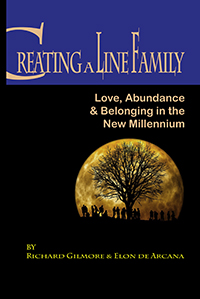

| Suggested Reading List: |
|
Is there a book that tells you how to create, live in and/or live with a
line family? We used to say no. However, with the release of our book,
Creating A Line Family in August of 2015 we can say that there is one
book that deals factually with the real-world concept of living in a line family.
Sex at Dawn: Creating a Life Together: Practical Tools to Grow Ecovillages and Intentional Communities By Diana Leafe Christian. 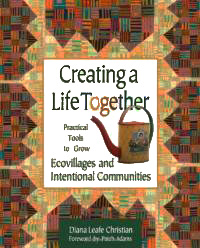
We have been asked at conferences if there is a difference between line-families and intentional communities. We say there is, but the line between the two is mighty thin. Much of what makes an intentional community successful works for a line family as well. Return to top Is It Utopia Yet? An Insider’s View of Twin Oaks Community In Its 26th Year. By Kat Kinkade 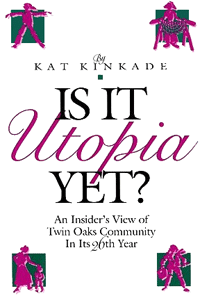
Twin Oaks started in 1967 and is going strong today. This book describes some the trials and tribulations of the first 26 years. This is one model for a working intentional community. In this book you see how things evolve, how management is shared and how power is never concentrated in a person or small subgroup – not even the founders. This is not our ideal of a line family, but there is plenty to learn from Twin Oaks. Return to top Your Money or Your Life: 9 Steps to Transforming Your Relationship with Money and Achieving Financial Independence: Revised and Updated for the 21st Century 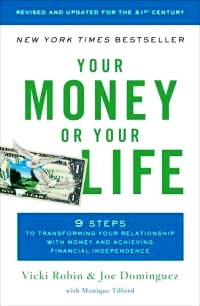
We hesitated including this book on the list because it is, in one sense, a self-help book. But it is mostly an educational book. I think it is fair to say that most people don’t get a good or even adequate education about money. Money is a tool, a belief, a fear, a desire… and so on and so forth. This book describes a new way to view money and your most precious possession – the hours you have left to live. Return to top Fortune's Children: The Fall of the House of Vanderbilt by Arthur T. Vanderbilt, II 
At a time when there were only a dozen millionaires in the US, Cornelius Vanderbilt generated a fortune worth $50 million. When he died he passed the entire fortune to his son. His son went on to increase the family wealth dramatically. After the son died, the grandkids spent it all. Fortune’s Children is a cautionary tale about the mismanagement of wealth and power. Cornelius at least knew not to dilute the family wealth and put it all in the hands of his son who managed it well. This tale supports our distrust of simply dividing family wealth using wills alone. Dividing family wealth - instead of managing it - took down the richest family in the world. How do we expect middle class families to do any better? Return to top The Moon Is A Harsh Mistress By Robert Heinlein 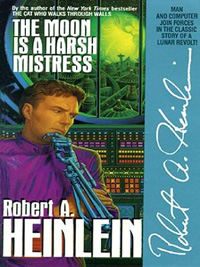
A lot of credit for the polyamory movement is given to Heinlein and his book “Stranger In A Strange Land.” However, when I read “…Mistress” the concept of the line family was planted firmly in my brain. If you read one fiction book that includes line-families, read this one. Return to top |
